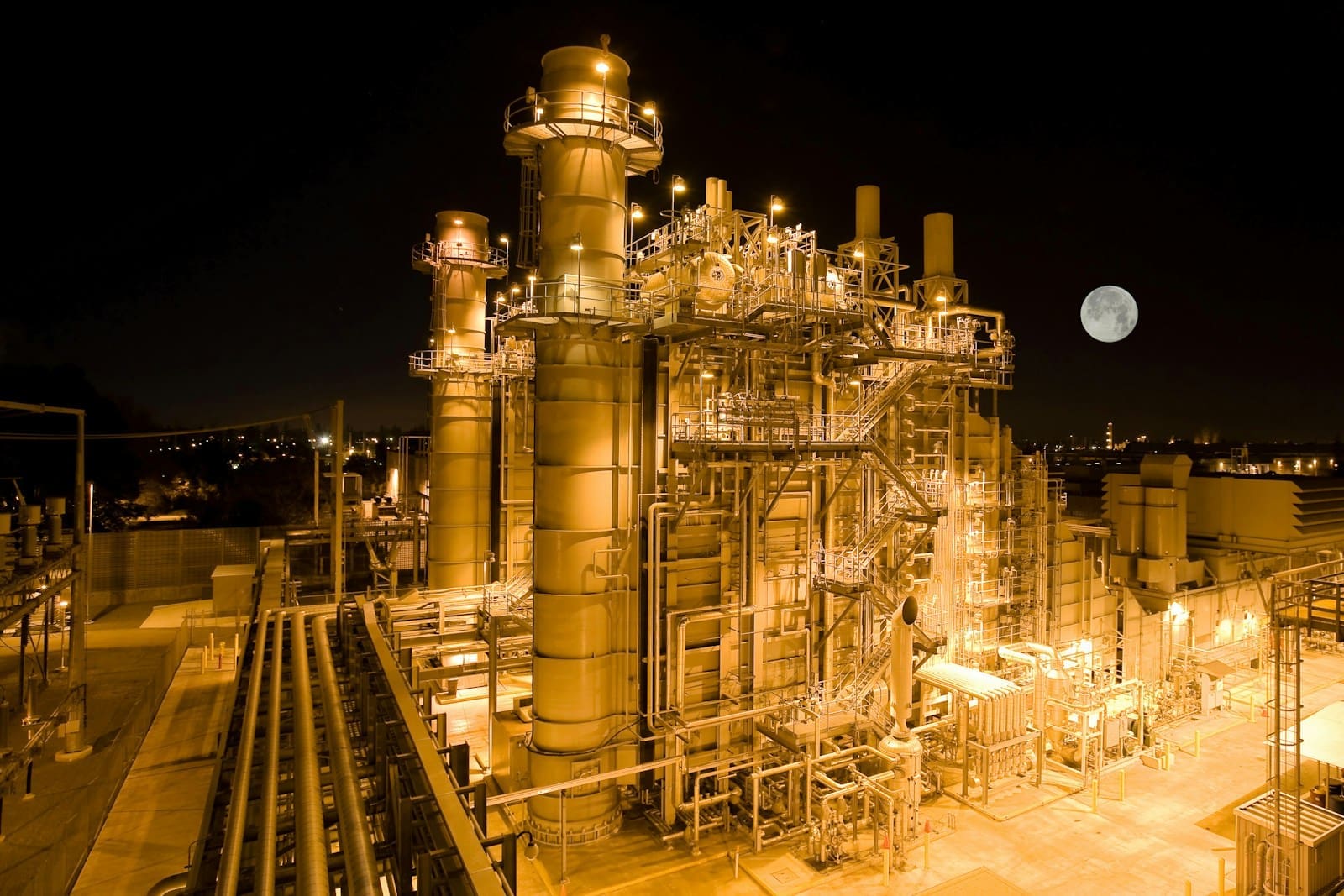Offshore oil facilities are home to some of the most hazardous working conditions on the planet and the most dangerous jobs in America. According to the latest data from the International Association of Oil and Gas Producers (IOGP), the industry-wide fatal accident rate (FAR) is up 36% over the previous year, and the Bureau of Safety and Environmental Enforcement recorded a total of 200 injuries and fatalities in offshore facilities in 2022.
With the offshore drilling market expected to grow by 7%, more than doubling in size from $73 billion to $160 billion by 2036, it is reasonable to assume the likelihood of accidents and injuries may grow as well. In order to reduce risk and attract the necessary talent to support this market expansion, operators must make safety their number one priority.
Lighting as a Safety Strategy (LaaSS)
Quality lighting is essential for industrial applications and studies show that improving visibility can reduce preventable accidents by 60%. Ample lighting is even more critical in already-hazardous environments like offshore drilling rigs. But lighting is often overlooked as a key component in safety plans and facility managers often don’t think about lights unless there is a failure.
Industrial LED lighting provides a more reliable, adaptable lighting solution to improve offshore facility safety compared to the most commonly used legacy lighting technology. Especially in an emergency, such as a power failure, flammable material release, or severe weather, LEDs can uniquely help mitigate safety risks to prevent accidents and injury. Here’s how:
- Resistance to power fluctuation. Fluorescent lighting is highly susceptible to damage from the unstable power conditions common on offshore rigs due to fluctuations in power generation and storm conditions. Because fluorescent fixtures and tubes contain delicate components, voltage variations can make them more prone to failure over time. In the event of a power outage, they may take time to restrike and come back to full output, leaving workers in the dark and at risk.
- Modern LED lighting eliminates these issues with a solid-state design that’s resistant to vibration and more durable power supply systems that can tolerate fluctuations. In the event of a power outage, LED lights come back on immediately at full output for instant restoration of visibility, which reduces the risk of accidents. And, LED fixtures with battery backup solutions can ensure critical egress lighting in the event of total power failure, helping workers safely exit potentially dangerous environments.
- Corrosion and vibration resistance. Hydrocarbon release is the most common dangerous occurrence on offshore oil rigs. Any spark can result in a chain reaction in the atmosphere leading to a potentially catastrophic event. It is important that fixtures installed in these applications are sealed properly and contain internal flame paths to prevent any spark or potential ignition with hydrocarbon in the atmosphere. With the presence of flammable gas a constant safety risk, the danger is amplified when continuous exposure to sea salt spray causes corrosion on conventional fixtures, allowing for ingress of gas to cause ignition or explosion. Unfortunately, this ever-present risk is nearly impossible to detect and only presents itself when it’s too late. In addition, the constant vibration makes legacy lighting fixtures more prone to shorts and/or sparks that can ignite flammable materials. These risks can turn lighting from a safety feature into a liability.
- By contrast, industrial-grade, hazardous-location certified LED lighting are corrosion resistant and designed to withstand the harsh conditions. Further, because they’re designed for potentially flammable conditions, properly housed LED fixtures will contain any spark or short that may cause ignition in other lighting, preventing the risk of explosion.
- Reduced maintenance. Aside from these emergent safety risks, because the conventional fluorescent fixtures typically installed on offshore facilities are prone to failure, they require frequent maintenance that puts workers at risk. According to The Bureau of Safety and Environmental Enforcement (BSEE) BEE, the vast majority of lost work time injuries occur during maintenance activities. Not to mention, they also contain hazardous substances that put crews at risk of exposure when bulbs break.
- Modern LED lighting fixtures alleviate these risks with long-life performance, with some even lasting up to 15 years or more , drastically reducing the need for maintenance, and therefore the risk of maintenance-related accidents.
Safer lighting for today and tomorrow
Future-proofing offshore oil rig lighting to safeguard against unforeseen disruptions should be top of mind for facility managers, not only to protect workers but also their investment.
LED lighting is the most advanced and adaptable lighting technology on the market, with a higher safety profile and lower total cost of ownership. As a bonus, it is also far more energy efficient than incandescent predecessors, which makes it much more fuel efficient to operate on diesel generators and backup battery power. This feature also adds to its eco-friendly operation, which supports sustainability initiatives in this highly scrutinized and regulated industry.
Aside from these benefits, facility managers should consider these unique LED capabilities to get the most out of their lighting, now and in the future:
- Ease of installation. LED lighting is lightweight, with a small footprint that makes it much easier for crews to handle and install. Electrical connections are simple and contained, reducing the risk of electrical exposure and potential spark or explosion during install or maintenance. Because of LED’s crisp, bright white light, it often requires fewer lights to illuminate the same space with drastically improved visibility.
- IIoT connectivity and compatibility. LED lighting is vastly more compatible with modern industrial technologies, including remote monitoring, data collection interfaces, predictive maintenance and automation. This not only improves overall operational efficiency, but also allows crews to proactively address maintenance issues and thwart unexpected failure that can plunge applications into dark, dangerous conditions.
- Automation/AI capabilities. LED lighting is ideally suited for the use of automation tools like occupancy and daylight sensors, as well as programmable lighting schedules that reduce “on” time. This enhances efficiency as well as reduces safety risk by ensuring lights are always on where and when they’re needed.
When lives are on the line, offshore facility managers need solutions that are proven safe and reliable. Modern LED lighting provides the most dependable illumination on the market to help reduce risk, support emergency plans and protocols, an ultimately, be one less thing offshore facility managers need to worry about.
Rizwan Ahmad is the Vice President of Product Development & Management at Dialight, a global leader in industrial LED lighting. Rizwan has helped pioneer Dialight’s award winning LED lighting solutions to suit the complex needs of harsh and hazardous industrial environments. Prior to his 23 years at Dialight, Rizwan joined Bell Labs (Lucent Technologies) to help introduce industry and world-first VoIP technology used by AT&T, Verizon and other worldwide telecom providers, while also previously assisting with the early development of Human Vocal Tract Simulator for speech recognition and voice verification. Rizwan has both a B.S.E and M.S.E in Electrical/Electronic Engineering, specializing in areas such as Digital Signal Processing (DSP), Integrated Devices and Communication.







